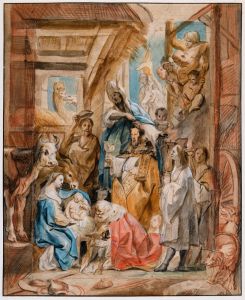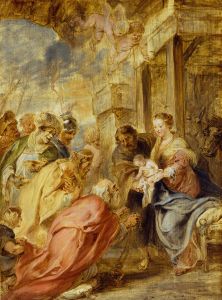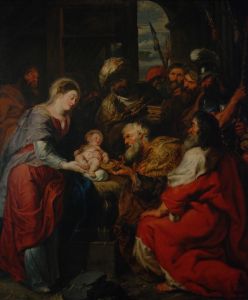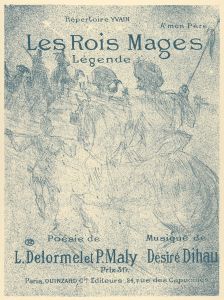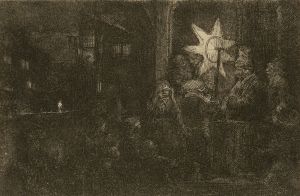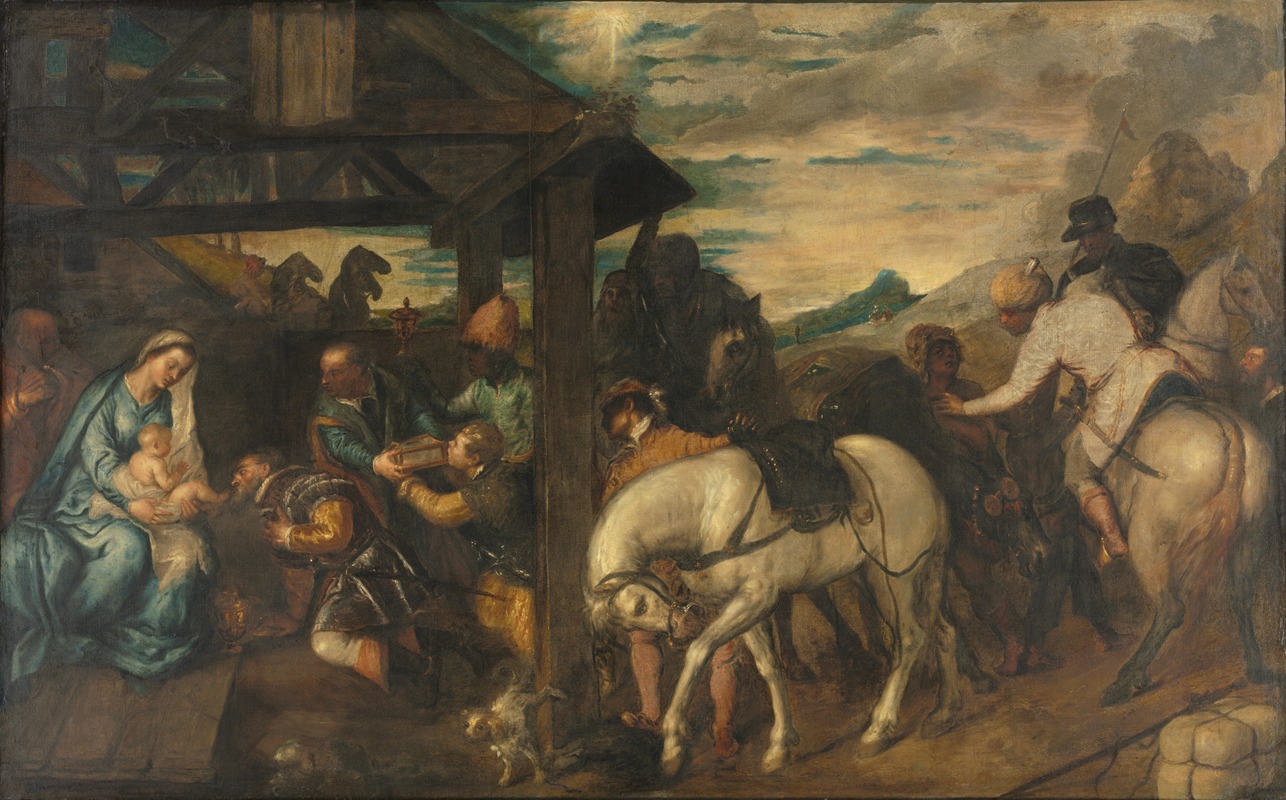
Adoration of the Magi
A hand-painted replica of Titian’s masterpiece Adoration of the Magi, meticulously crafted by professional artists to capture the true essence of the original. Each piece is created with museum-quality canvas and rare mineral pigments, carefully painted by experienced artists with delicate brushstrokes and rich, layered colors to perfectly recreate the texture of the original artwork. Unlike machine-printed reproductions, this hand-painted version brings the painting to life, infused with the artist’s emotions and skill in every stroke. Whether for personal collection or home decoration, it instantly elevates the artistic atmosphere of any space.
The "Adoration of the Magi" by Titian is a renowned painting created by the Italian Renaissance master Tiziano Vecelli, commonly known as Titian. This artwork is a significant example of Titian's contribution to the High Renaissance period, showcasing his mastery in color, composition, and the depiction of religious themes.
Titian painted the "Adoration of the Magi" around 1560, during a mature phase of his career when he was highly sought after by patrons across Europe. The painting was commissioned by the church of Santa Maria della Salute in Venice, a city where Titian spent much of his life and career. The work reflects the artist's deep engagement with religious subjects, a common theme in his oeuvre, and his ability to convey complex narratives through his art.
The painting depicts the biblical scene of the Magi, or Wise Men, visiting the infant Jesus after his birth, as described in the Gospel of Matthew. This event is celebrated in Christianity as the Epiphany, marking the revelation of Christ to the Gentiles. In Titian's interpretation, the scene is imbued with a sense of grandeur and reverence, capturing the moment of adoration with a dynamic composition and vivid use of color.
Titian's "Adoration of the Magi" is notable for its rich palette and the dramatic use of light and shadow, which are characteristic of his later works. The figures of the Magi are rendered with great attention to detail, each displaying distinct expressions and gestures that convey their awe and reverence. The Virgin Mary, holding the Christ Child, is positioned centrally, drawing the viewer's focus to the divine presence in the scene.
The composition of the painting is carefully structured, with the figures arranged in a harmonious balance that guides the viewer's eye across the canvas. Titian's use of color is particularly striking, with deep reds, blues, and golds creating a sense of opulence and majesty. The background features a landscape that adds depth to the scene, enhancing the overall sense of realism and immersion.
Titian's ability to convey emotion and narrative through his art is evident in this work, as he captures the spiritual significance of the Magi's visit with both subtlety and power. The painting reflects the artist's mature style, characterized by a more free and expressive brushwork compared to his earlier, more precise technique.
The "Adoration of the Magi" by Titian remains an important work within the context of Renaissance art, exemplifying the artist's skill in blending religious iconography with innovative artistic techniques. It continues to be studied and admired for its artistic and historical significance, representing a key moment in the development of Western art.
Today, the painting is housed in the Scuola Grande di San Rocco in Venice, where it is accessible to the public and continues to attract art enthusiasts and scholars alike. Titian's work on this painting, as with many of his other masterpieces, underscores his enduring legacy as one of the foremost painters of the Renaissance, whose influence extended far beyond his own time.






